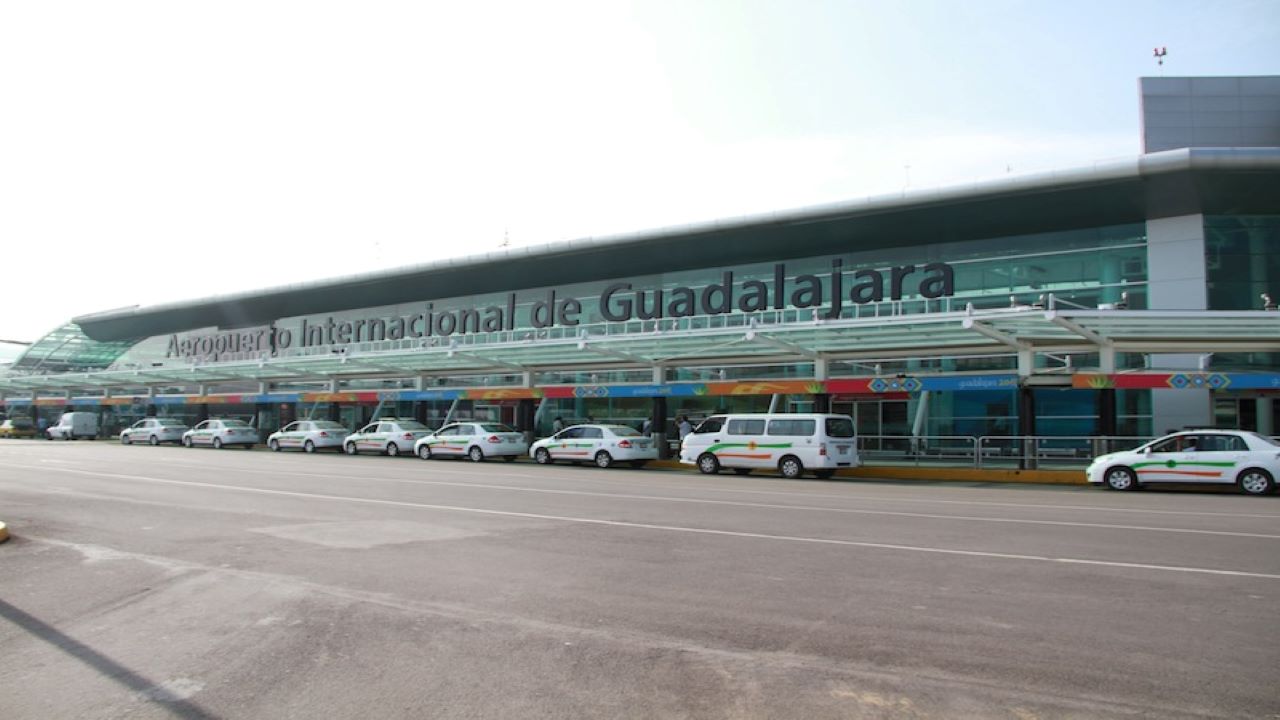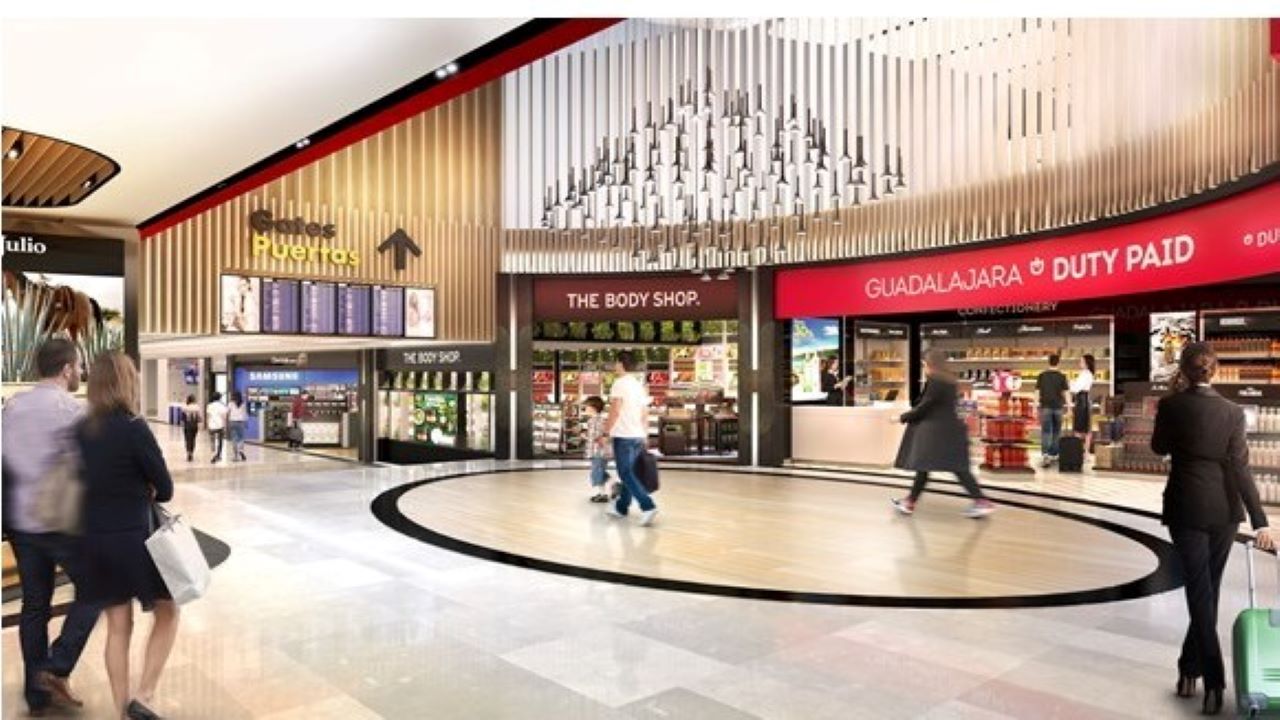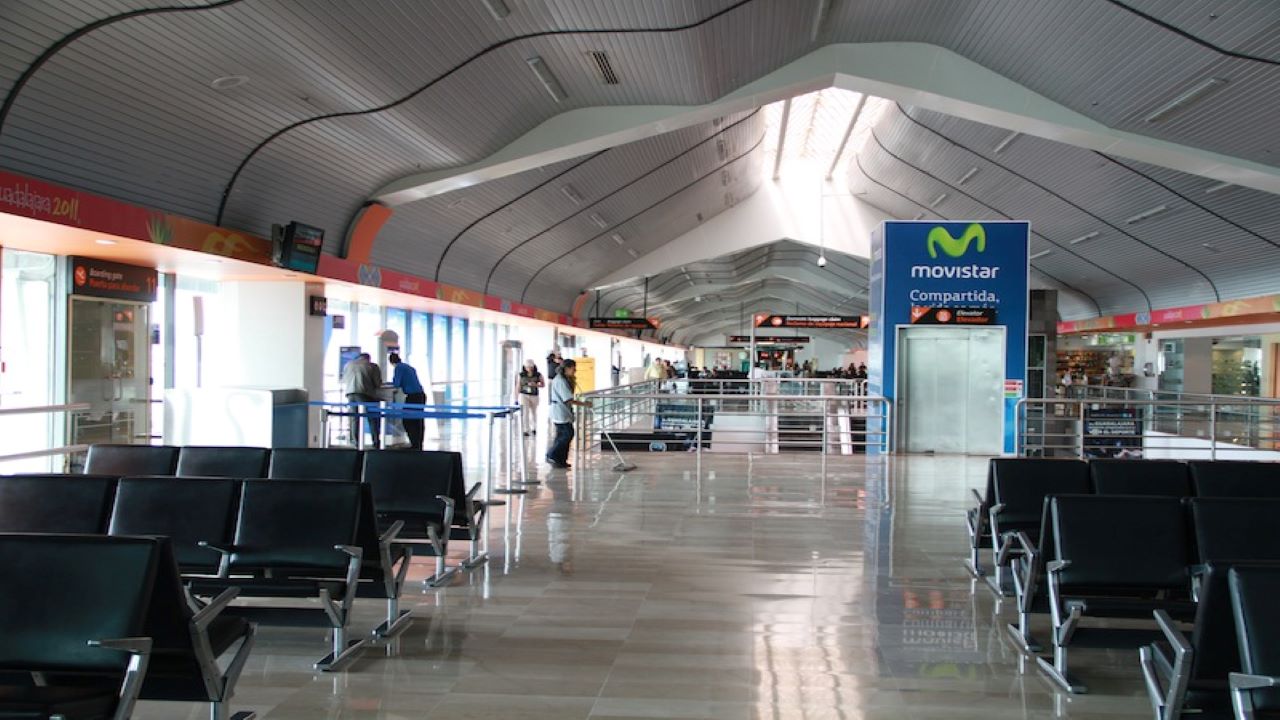Guadalajara International Airport, the third-largest in Mexico, is undergoing a major upgrade aiming to become the most advanced airport in the country. It is the main airport in Guadalajara, the second-largest city in Mexico.
Guadalajara Grupo Aeroporturario del Pacifico (GAP), the airport’s owner and operator, is planning to invest Mex$10bn ($504m) by 2026 in the Mexican airport. The international airport handled 15 million passengers in 2019.
The upgrade project aims to create a world-class facility and help GAP optimise the airport’s commercial potential. the investment in the upgrade project will continue until 2026, some of the key developments are expected to be completed in 2023. The project is expected to increase the airport’s passenger capacity to 30 million passengers a year.
Guadalajara International Airport upgrade details
The upgrade will add a new terminal building and an additional runway. The commercial space in the existing building will be redesigned with an estimated investment of Mex$6bn ($302m), with a focus on optimising the under-utilised space to improve passenger experience.
The project will expand the core airside commercial area from 5,700m² to 7,250m². The redesign will convert a flat roof canopy, located outside the centre of the terminal building, over an expanded baggage area into the centrepiece of the terminal. The redesigned space will include an external garden terrace, which will be surrounded by an agave-inspired architectural shade pod and be incorporated with casual seating, and dining options.
The design will deliver a light and natural landscape look and feel through trees which will complement the minimalistic concrete benches with low-level under-lighting.
Furthermore, the exterior aesthetic of the airport will be upgraded through resin-bound aggregate floor surfacing and warm natural materials. A large rotunda space will be created next to the wall-through duty-free store to serve as a vestibule, allowing passengers to wait and plan how to spend their time before reaching the gate.
Passenger flows through the terminal have been improved to enable direct access to stores, pop-ups, restaurants, bars, and seasonal event experiences.
The two security areas at the airport will be retained and passengers will be directed towards the airside portion of the terminal, containing a remodelled area overlooking the apron.
Guadalajara International Airport background
Opened in 1966, Guadalajara International Airport is also known as Miguel Hidalgo y Costilla Guadalajara International Airport. The country’s second busiest airport for cargo flights, it is located 17km south of Guadalajara. The airport has two runways, two terminals, 29 gates, and 40 remote boarding positions.
The second terminal was opened in 2006, while the domestic departure gates at the airport were expanded in 2009. The expansion of the inspection checkpoint took place in 2011, while the WTC cargo terminal at the airport was expanded in 2012.
Parking and facilities
The public parking area of the Guadalajara International Airport can be accessed via the highway to Chapala entering the internal circuit of the airport.
Located in close proximity to the terminal building, public parking lot one has more than 2,500 covered spaces. Parking lot two, which is located near the hall that was the old Terminal two, includes approximately 200 spaces.
The airport features access ramps, elevators, and designated parking slots for passengers with limited mobility. Amenities at the international airport also include VIP lounges, shops, and free Wi-Fi network service at the terminal.
Contractors involved
The Design Solution was awarded a contract to redesign the Guadalajara International Airport. Pragma Consulting served as the commercial consultant for the project.




